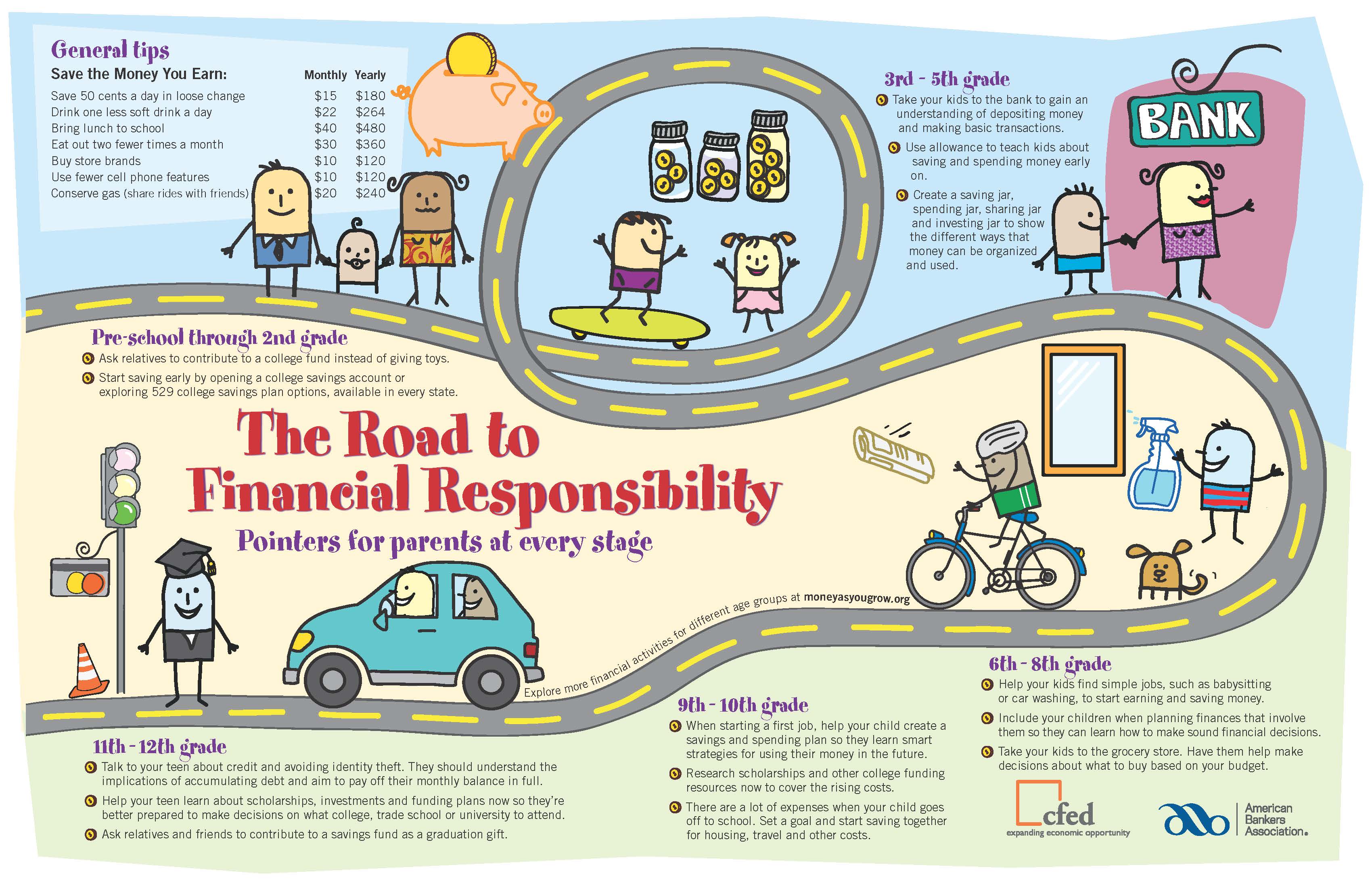6 Ways to Save More Money in the New Year
Even if saving has never been your thing and money is tight, the coming of a new year is an opportunity to change old financial habits. Here are some ways to become a more efficient saver.
1. Budget
Budgeting helps you organize your finances so you have money left over to save each month. It may seem laborious, but budgeting doesn’t have to be hard. Mobile apps cut a lot of the work and can help you track spending throughout the month.
2. Pay yourself first
Firmly commit to making a savings deposit monthly, even if you can only afford a small amount. Do this before paying your other bills.
3. Automate
If you’re not confident your resolution will stick or you want to simplify the process, automate your savings deposits. That way, a portion of your paycheck will automatically go to your savings account, or an amount you choose will be transferred from your checking to savings account each month. You won’t miss money that was never in your hands in the first place.
4. Make your money work harder
Compound interest is the interest paid on the interest your money earns in an account, and it allows your principal balance to grow faster. To fully benefit from compound interest, consider opening a high-yield savings account or a certificate of deposit that offers higher rates than the average savings account.
5. Plug up cash drains
It’s not always the big expenses that sabotage saving efforts; small expenses can add up and be a huge cash drain. To rein in spending and increase your cash surplus:
-Shop around for the lowest possible rates on utilities, insurance, TV, internet and mobile plans. Also, make sure you get discounts you may be entitled to.
-Check bank account statements for less obvious fees such as those for account maintenance, ATM use or having a low balance. If your accounts come with several fees, it may be time to find a financial institution that costs less.
-Monitor daily spending and cut back on extras like lunches out, donut runs or fancy coffee.
-Explore free and low-cost entertainment options, including parks, beaches and hiking trails, as well as local concerts, theater and sporting events.
6. Bring in extra bucks
When trimming expenses doesn’t do the trick, the only way to create enough free cash for saving is to increase what’s coming in. You can:
-Sell unwanted items online or at a yard sale.
-Cash in credit or debit card reward points.
-Ask for a raise or for extra hours at work.
-Take on an additional part-time job or turn your hobbies or skills into dollars through tutoring, yard maintenance, dog walking, writing, crafting, musical performance or handyman work.
The benefits of saving kick in very quickly and only get better with time. A solid cushion in the bank protects you during emergencies and provides the means to travel, buy a home, get an advanced degree, or pursue whatever other dreams you may have.
© Copyright 2016 NerdWallet, Inc. All Rights Reserved





